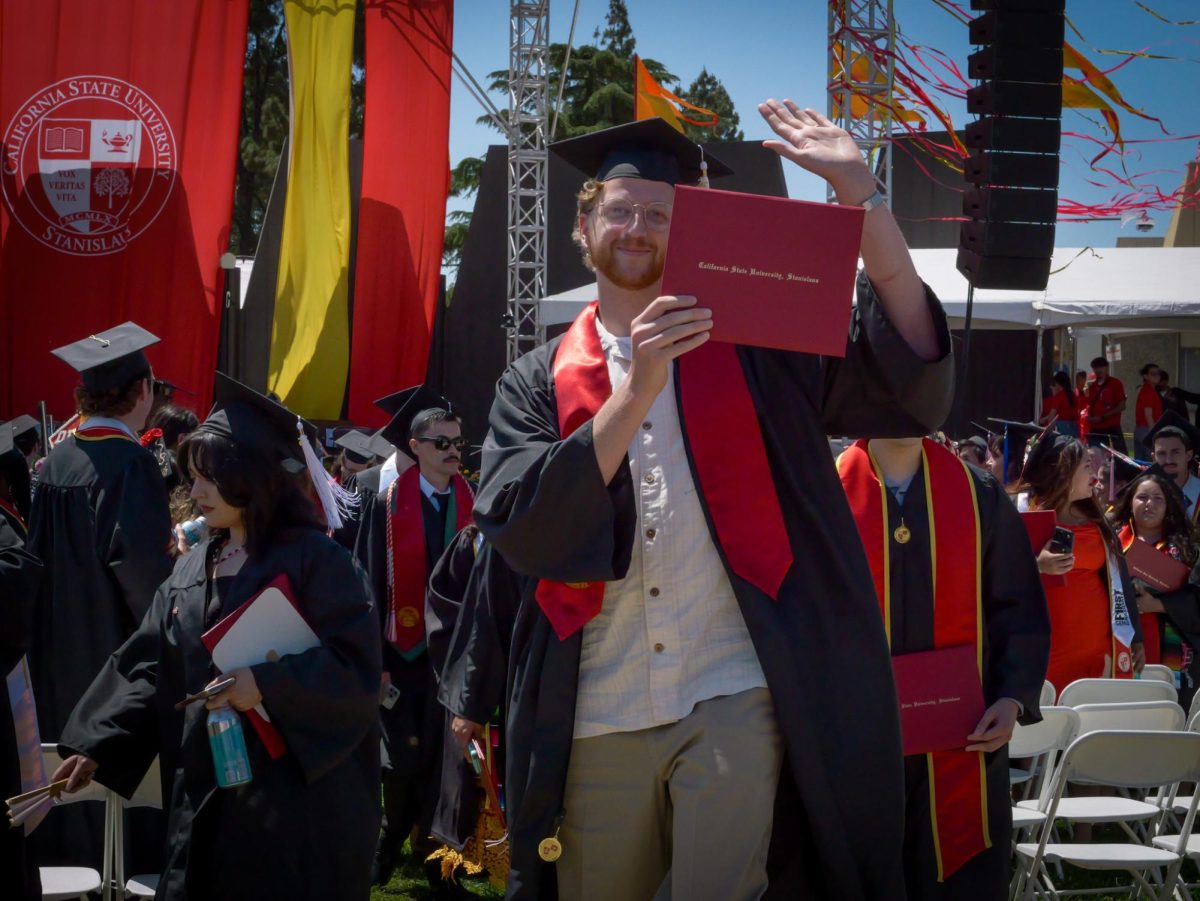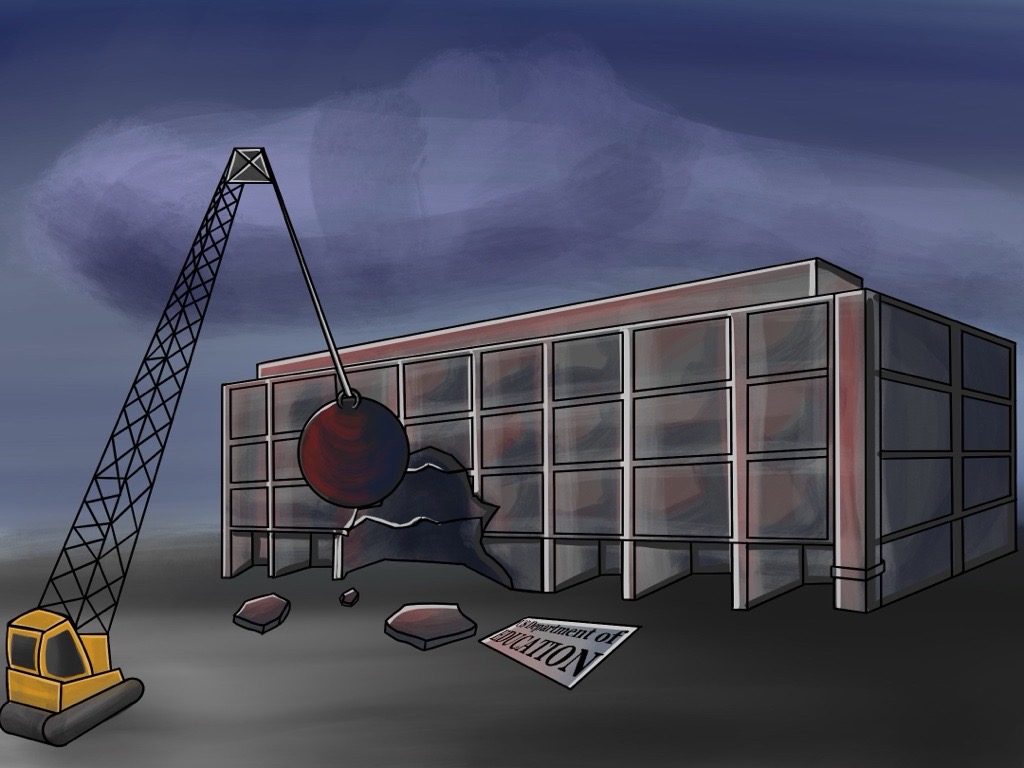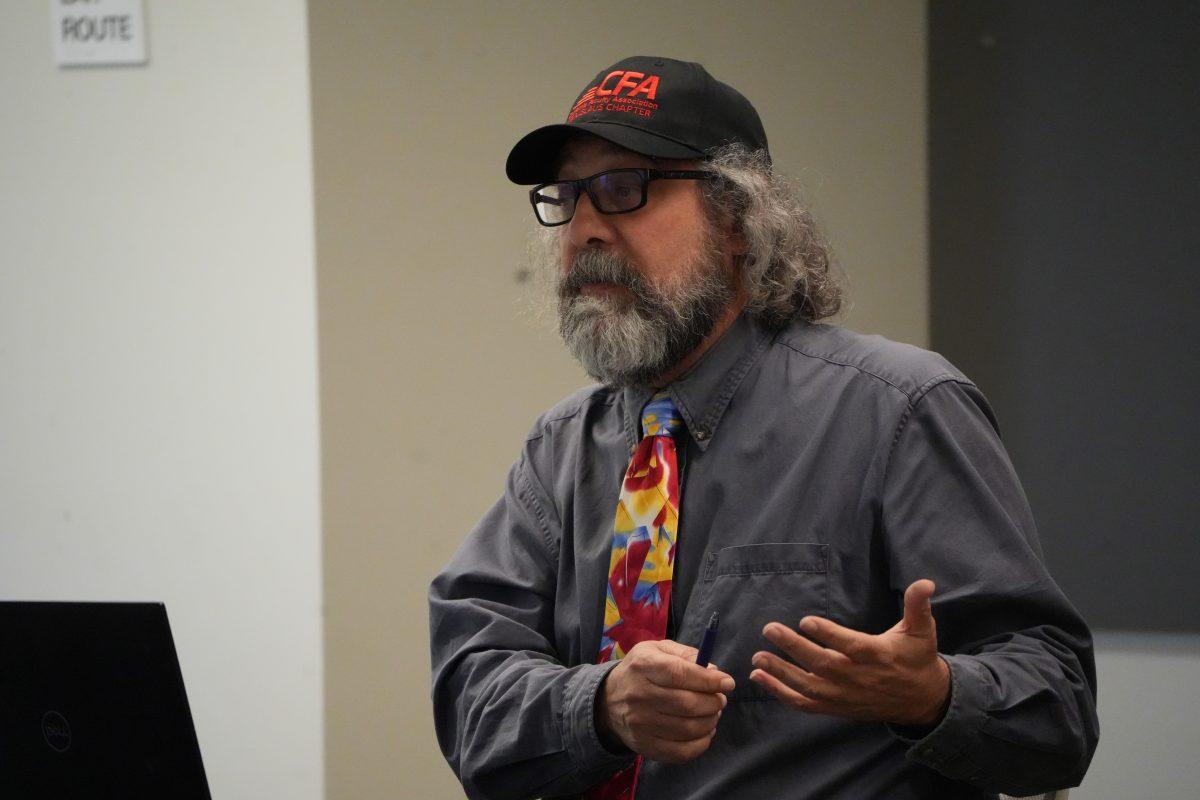Help will soon be on the way for students with federal loan debt as income-based payment options and loan forgiveness of federal student loans are being modified.
The new program, which begins in mid-December known as the Revised Pay As You Earn, or REPAYE, will allow all federal student loan borrowers to cap their monthly payments at 10 percent of their discretionary income (your adjusted gross income minus $17,600 on average), regardless of their income-to-debt ratio. Thus is a borrower owes $17,000 and makes less than this in adjusted gross income a year, then their monthly payment will be $0.
“One of the important things of these repayment plans is not only that they limit your monthly payments at what you should be able to afford,” says Diane Cheng, Senior Research Analyst for The Institute for College Access & Success (TICAS). “But after making 20 to 25 years of monthly payments, any amount that’s remaining will be forgiven. So the point of that is not have your debt follow you around for the rest of your life.”
REPAYE will become the fifth income-driven plan available for both undergraduate as well as graduate students with federal student loan debt. This new program allows students who borrowed subsidized, unsubsidized and graduate PLUS loans find economic relief. In addition, any debt remaining for undergraduate students will be forgiven after 20 years, and 25 for graduate students with federal loan debt.
“I think I’ll feel less constricted,” says Jocelyn Ma (senior, Communication Studies). “The biggest fear I have is paying interest for the rest of my life, so with this new option, that fear is diminished.”
However, it is important for students to note that although your monthly payment will never be more than 10 percent of your disposable income, promotions as well as other future job opportunities that offer more competitive salaries will affect monthly payments. As your income rises, your 10 percent payments are expected to increase with it as well.
According to TICAS, the organization that developed the policy framework, the average debt for students graduating form California colleges in 2014 was the fourth-lowest among states at $21,382; yet, many borrowers will still find their debt in default. Additionally, the accumulation of outstanding student debt prevents them from making other financial commitments in the future, such as buying a home, saving for their child’s education, or even saving for their own retirement.
Although 5 million more borrowers are expected to qualify under REPAYE, it is restricted to students who have borrowed through the Direct Loan program (federal student loans). Parent PLUS borrowers are not eligible.
Previous income-based payment programs were limited to student borrowers depending on when they first took out their loans. These plans that base payments on income have one or more requirements, such as borrowing after a certain date, having received loans after a certain date, or specific guidelines on debt-to-income ratio. Not only does that limit the amount of people that can benefit from these plans, but also makes it complicated to have to explain to borrowers that do not qualify. REPAYE makes qualifying more accessible to borrowers by removing these restrictions.
“This new plan, REPAYE, will be available to all borrowers with direct-loans,” says Diane. “No matter when they borrowed and no matter what their income-debt ratio is. Any older loans must be consolidated to qualify.”
Another program that is usually used in conjunction with these income-based payment plans is Public Service Loan Forgiveness. If borrowers are enrolled in any income-based plan and work full-time at a public service job, they can have your loans forgiven after only 10 years.
Currently, REPAYE is not expected to be available until December; however, borrowers can visit studentaid.ed.gov or studentloans.gov to learn more about the current plans that offer the lowest monthly payment. Though other income-based payment programs are available for students, each individual option varies.
Categories:
REPAYE Pays it Foward
Renato Gutierrez
•
November 6, 2015
0
Donate to Signal
Your donation will support the student journalists of California State University, Stanislaus. Your contribution will allow us to purchase equipment and cover our annual website hosting costs.
More to Discover







